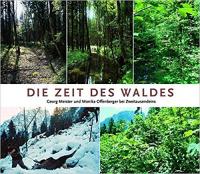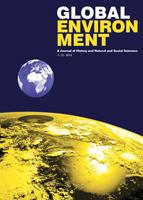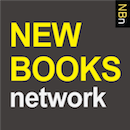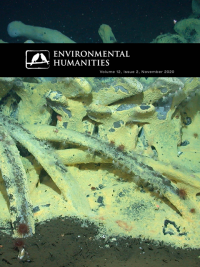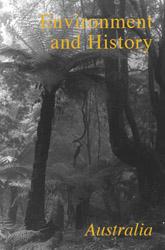Die Zeit des Waldes [The forest over time]
Through a collection of 445 photographs taken from precisely the same places at intervals of months, years and decades,Die Zeit des Waldes [The forest over time] offers a stop-action look at the diversity of transformations within Germany’s forests.


